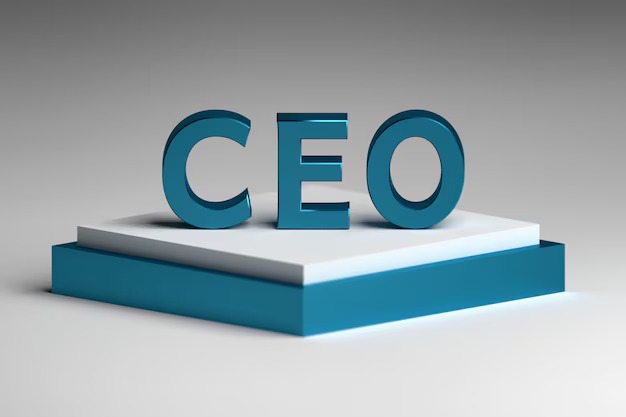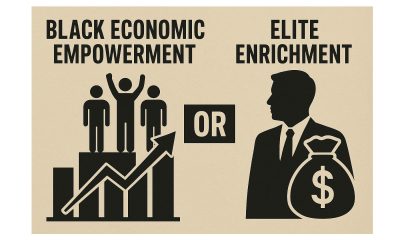Rich lists
Counting the Cost: South Africa’s CEO Pay Gap and the Country’s Top Earners in 2025

South Africa continues to grapple with extreme pay disparities, where CEOs earn up to 300 times more than ordinary staff. This divide fuels daily headlines and deep frustration in a nation already strained by inequality.
Why the wage gap matters more than ever
According to Just Share, only 15 out of the JSE Top 40 companies disclosed vertical wage gap data in their 2024 reports. While many companies preach fairness, few provide clear evidence.
Among those that reported, Harmony Gold shows the narrowest gap under the new Companies Amendment Act standards. Its top 5% of earners took home R2.93 billion collectively, while the bottom 5% earned R373 million, resulting in a wage ratio of roughly 7.85 to 1.
At the other extreme, Investec Ltd reports a 34.3 to 1 gap under South African rules, which balloons to 110 when measured against UK standards.
The retail sector, while employing millions, is not fully represented in the latest JSE Top 40 wage gap disclosures. Some historic reports have shown extremely high ratios at major chains, but updated 2025 figures are not yet available.
The highest-paid CEOs in South Africa (2025)
Alongside the wage gap debate, executive pay packets remain in the spotlight. These are among the biggest earners in the country:
| Rank | CEO & Company | Total Remuneration (approx.) |
|---|---|---|
| 1 | Bob van Dijk (former Naspers) | R330 million |
| 2 | Mike Henry (BHP Billiton) | R258.8 million |
| 3 | Fani Titi (Investec) | R166.7 million |
| 4 | Alberto Calderon (AngloGold Ashanti) | R132.7 million |
| 5 | Roy Bagattini (Woolworths) | R122.5 million |
| 6 | Gary Nagle (Glencore Xstrata) | R108 million |
| 7 | Bob van Dijk (Naspers) | R107.8 million |
These numbers add weight to the public’s frustration when compared with stagnant worker wages. They also give context to the scale of inequality, even within companies already in the wage gap spotlight.
The law inches forward, finally
The long-awaited Companies Amendment Act of 2024 was signed into law on 30 July. Once Sections 30A and 30B take effect, listed and state-owned companies must disclose:
-
Remuneration of top and bottom earners
-
Average and median employee pay
-
The ratio between the top 5% and bottom 5% of earners
This transparency push is overdue, but it does not force companies to fix imbalances, only to reveal them.
Local context brings the numbers to life
For many South African households, the gap is not just a statistic. It is the difference between survival and stability. While CEOs pocketed R30 million on average in 2024, real wage growth for workers was a meagre 0.6%.
Investors and workers rarely get a full picture of whether companies are closing the gap or widening it.
A new lens on an old problem
What stands out is not just the numbers but how they have entered public discourse. Hashtags like #PayFairly and #WageJustice trend regularly, reflecting frustration with executive pay.
While the Act signals progress, real change will require more than disclosures. Companies must commit to fair wages, not just optics, to rebuild trust in a society fractured by inequality.
Also read: From Megabytes to Millions: South Africa’s Best Paid Telecoms CEOs in 2025
Follow Joburg ETC on Facebook, Twitter, TikTok and Instagram
For more News in Johannesburg, visit joburgetc.com
Source: Business Tech
Featured Image: Freepik





















